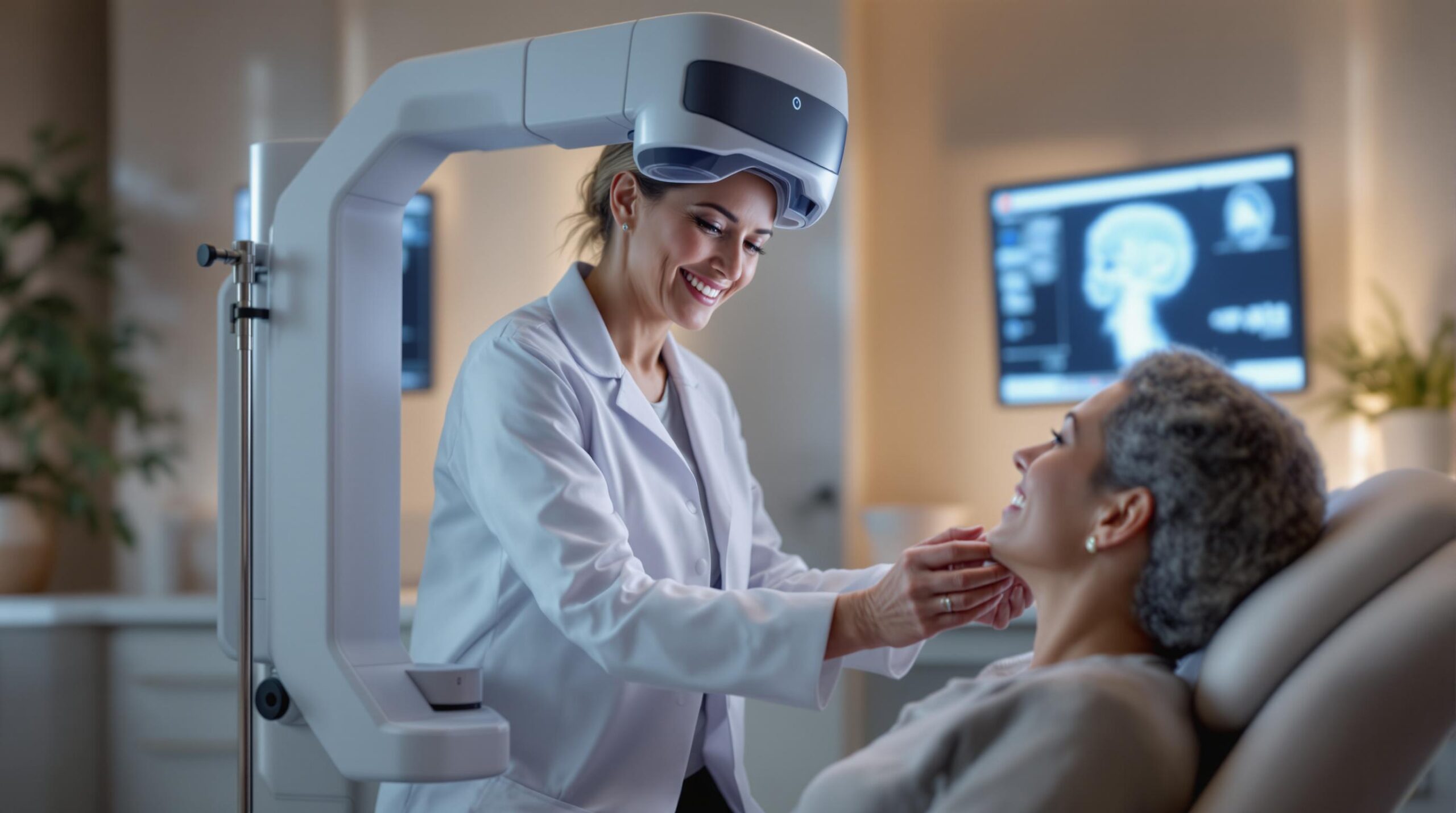
3D scanning in healthcare is revolutionizing treatment with precise imaging used for surgical planning, custom prosthetics, and personalized care. But it comes with serious privacy risks:
- Biometric Data Exposure: Full-body scans capture 200-500 unique data points, including facial features, organ measurements, and bone structures.
- Security Vulnerabilities: 87% of healthcare organizations struggle to patch imaging systems, leaving data at risk of breaches.
- Consent Issues: Many patients are unaware their scans may be used for non-medical purposes, leading to legal and ethical concerns.
Key Risks:
- Unsecured storage and transfer of scan data.
- Rising threats like AI-driven manipulation of medical images.
- Compliance challenges with GDPR and HIPAA regulations.
Solutions:
- Use AES-256 encryption and zero-trust cloud storage.
- Implement dynamic consent workflows.
- Train staff to identify and mitigate breaches.
Protecting 3D scan data is critical for patient privacy and trust. The healthcare industry must adopt robust security measures to address these challenges.
Data Security In The Healthcare Sector
Main Privacy Risks
3D scanning introduces new privacy challenges that need immediate attention.
Patient Data Protection
The level of detail captured by 3D scanning technology is staggering. It collects intricate biometric data, including:
- Detailed anatomical measurements
- Subsurface features
- Genetic markers detected through texture mapping
This creates serious privacy concerns for certain groups. For example, burn victims undergoing surgical reconstruction are at a greater risk of being re-identified through their scans, as noted in 3D Scanning Uses [5][7]. Similarly, transgender patients undergoing gender confirmation surgeries face potential discrimination if pre-operative scans are mishandled [2].
Data Storage and Transfer Risks
Securing 3D scan data during storage and transfer is a growing challenge for healthcare providers. A 2024 study found that 23% of healthcare APIs used for transferring 3D scans lacked proper authentication protocols [7]. The large file sizes and the complexity of managing these files across various systems make them particularly vulnerable.
"Unsecured PACS (Picture Archiving Systems) storing volumetric scan data risk exposing terabytes of identifiable health information" [7]
These gaps in security emphasize the need for multi-layered protection strategies, as discussed in the Solutions section.
Patient Consent Issues
Consent management remains a weak point in the use of 3D scanning technology. A survey in the UK revealed that 68% of patients were unaware their body scans could be added to commercial anthropometric databases [5]. This lack of transparency has already led to legal repercussions.
In a 2023 case, Doe v. MediScan, a hospital faced severe penalties for repurposing prenatal 3D ultrasound models for AI training without obtaining explicit patient consent [7]. Similarly, in 2024, EU GDPR authorities fined three hospitals €4.3M for failing to document data retention periods for scans [2]. This issue is especially concerning for adolescent patients undergoing gender-affirming care, where data retention policies often lack clear, age-appropriate explanations [2].
The integration of cloud systems further complicates these issues. According to HHS reports, biometric data breaches have surged by 214% since 2020 [4]. These failures in consent management highlight the pressing need for compliance measures, as explored in Compliance Requirements.
Current Security Threats
The risks targeting 3D scanning systems in healthcare are becoming more complex and harder to combat. Recent studies show a sharp rise in both the number and sophistication of these attacks.
Threat Analysis
Healthcare organizations are grappling with serious vulnerabilities in their 3D scanning systems. A 2024 study found that 87% of healthcare organizations struggle to manage basic patches for imaging systems [6], leaving critical gaps for attackers to exploit.
Here are some of the most pressing threats, along with their impacts and recent data:
| Threat Type | Impact | Recent Statistics |
|---|---|---|
| AI-Driven Image Manipulation | Critical | 99% misdiagnosis rate in controlled tests [1] |
| Exposed PACS/DICOM Servers | Severe | 1,849 servers currently exposed online [1] |
| Ransomware Attacks | High | $11,000/minute average downtime cost [6] |
One of the most concerning developments is CT-GAN attacks, which can alter 3D scan data with extreme accuracy. These attacks allow malicious actors to add or remove signs of medical conditions like cancer, tricking both human radiologists and AI diagnostic tools [1].
IoT-connected scanning devices also pose a major risk. Research indicates that 63% of healthcare facilities use DICOM v3.0 without encryption [3], and 22% of IoT medical devices still use default admin credentials [6]. These issues create easy entry points for cybercriminals.
Attackers are often motivated by exploiting sensitive biometric data, using it for:
- Ransomware demands, with an average payout of $1.7M, or selling patient records on dark markets for $1k-$5k each [6][4].
- Insurance fraud schemes, manipulating scans to commit fraud [1].
The fallout from these breaches can be devastating, including prolonged system downtimes, hefty legal penalties, and the erosion of patient trust [3][6].
Addressing these escalating threats requires the multi-layered security strategies outlined in the Solutions section.
sbb-itb-7af2948
Security Solutions
Protecting patient data in 3D scanning systems requires a mix of technical measures and staff protocols to ensure security without disrupting clinical workflows.
Data Protection Methods
| Protection Layer | Implementation | Impact |
|---|---|---|
| Encryption | AES-256 for storage, TLS 1.3 for transfer | Protects data both at rest and in transit |
| Cloud Storage | Azure DICOM Cloud with zero-trust architecture | Strengthens overall security framework |
| Real-time Monitoring | AI-driven UEBA systems | Automatically halts suspicious activity |
Staff Security Protocols
Johns Hopkins has developed a hands-on training program that uses simulation exercises to prepare staff for identifying and managing potential breaches [2]. Instead of relying on theoretical lessons, this approach emphasizes practical experience, equipping personnel with the skills they need to handle real-world threats.
While technology provides a strong defense, human factors are just as crucial. Programs like these highlight the importance of combining technical safeguards with well-trained staff to address the unique challenges of healthcare security.
The Role of Sidekick Interactive

Sidekick Interactive has tackled the risks of AI-driven manipulation with patented dynamic consent workflows. These workflows have been highly effective in reducing unauthorized access attempts, specifically targeting vulnerabilities like CT-GAN attacks identified in recent threat analyses.
At UCSF, MedBridge has addressed the challenges of protecting legacy MRI scanners by implementing:
- Protocol translation with DICOM sanitization
- Virtual patching for devices that can’t be updated
- Quantum-resistant encryption tunnels
This approach is critical, especially since 63% of healthcare facilities still rely on unencrypted DICOM v3.0 [3]. Additionally, integrating hardware-backed key management with Apple’s Secure Element ensures secure mobile access to 3D scan data, offering an extra layer of protection.
Legal Requirements
Security measures for biometric data must align with current laws designed to protect this sensitive information. Healthcare providers are required to follow strict regulations to safeguard patient privacy and ensure compliance.
Patient Data Rights
Under GDPR’s Article 17, patients have specific rights regarding their 3D scan data, including the ability to access, correct, and delete it [2].
| Patient Right | Implementation Requirement |
|---|---|
| Data Access | Provide full scan records in a portable format within 30 days |
| Correction | Allow updates to metadata within 15 days |
| Deletion | Ensure complete removal from all storage systems within 60 days |
| Breach Notification | Notify affected individuals within 60 days |
To meet these obligations, healthcare providers must implement effective consent management systems that mitigate risks tied to DICOM data exposure.
Privacy Law Compliance
Regulations like GDPR and HIPAA directly address the risks involved in storing and transferring sensitive patient data. HIPAA classifies 3D scans as Protected Health Information (PHI), while GDPR identifies them as biometric health data, which requires higher levels of protection under Article 9 [2][4].
Failing to comply with these laws can lead to severe penalties, including:
- GDPR fines: Up to €20 million or 4% of global revenue
- HIPAA violations: Up to $1.5 million per year
- State-level sanctions: Additional penalties depending on jurisdiction
The AI Act introduces further requirements, including:
- Detailed documentation of AI system architecture
- Regular risk assessments
- Human oversight to address risks like CT-GAN manipulation
- Transparency reports for patients
"Healthcare providers collaborating with prosthetics manufacturers using patient scans must execute Business Associate Agreements specifying audit trails and access controls", highlights a recent HIPAA compliance guideline [5][6].
Additionally, cross-border data transfers must include documented impact assessments and secure sharing protocols [3].
Conclusion
The use of 3D scanning in healthcare raises pressing concerns about privacy, making robust safeguards a necessity. Addressing these concerns calls for a mix of technical solutions and well-structured operational protocols.
Key Takeaways
To tackle the privacy risks tied to 3D scanning, healthcare providers should focus on:
- Advanced Encryption: Techniques like homomorphic encryption can secure sensitive data.
- Dynamic Consent Management: Ensuring patient consent aligns with frameworks like the EU Medical Device Regulation.
- Zero Trust Security: Building a security architecture that assumes no implicit trust, safeguarding data at every level.
Healthcare organizations must work diligently to apply these strategies while upholding patient privacy. For those looking to ensure secure and compliant implementations, partners such as Sidekick Interactive bring expertise in protecting medical data without compromising clinical outcomes.

